|
|
|
|
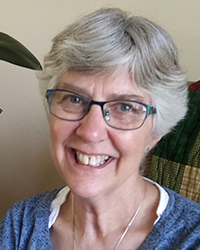
Ann |
 |
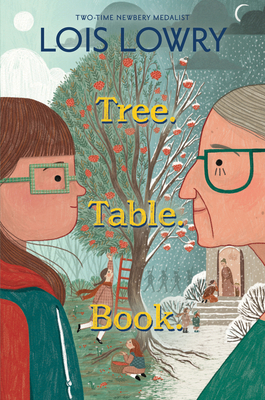
Tree. Table. Book.
Lois Lowry
Tree. Table. Book. is the story of two best friends, both named Sophie. Sophie Winslow is eleven years old, and Sophie Gershowitz is eighty-eight. The friends enjoy spending time together, drinking tea, playing cards, and having interesting conversations. Young Sophie is distraught when she learns that Sophie Gershowitz's adult son is concerned about her memory loss and feels that she should move to an assisted living facility. The eleven-year-old sets out to help her friend memorize words so she will pass the memory test and not have to move away. Though Sophie Gershowitz is not successful in remembering three unrelated words, the exercise leads her to share memories of her youth in Poland and the changes that happened when World War II began. Tree. Table. Book. sheds light on the losses that accompany the onset of dementia and the value of long-ago memories that never fade away.
Although this book is recommended for ages 8–12, I feel it would be more appropriate for Middle Grades and beyond, perhaps age 10 and up.
|
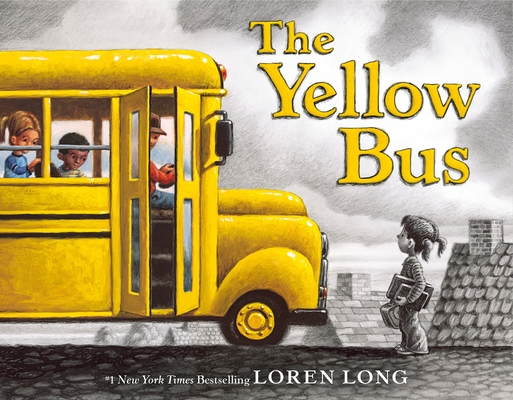
The Yellow Bus
Loren Long
The story begins with a bright yellow bus that spends her days driving kids to school and home again. Her energetic passengers bring her joy. As time passes, the role of the yellow bus changes. Her passengers are older and enjoy trips to the library and interesting sites. Later, she is parked in a quiet spot in the city where she provides shelter for those in need. When a field becomes her home, the yellow bus becomes a playground for the local goats. Eventually, the nearby river rises. The yellow bus finds herself underwater and becomes home to the fish and underwater creatures who drift in and out and all around her. Though the yellow bus goes through many changes, she feels joy and a sense of purpose in each situation.
The Yellow Bus is a child-friendly and heartwarming story with a message for readers of all ages. Loren Long's appealing illustrations add to the story's charm.
Recommended for children 3-6.
|
|
|
|
| |
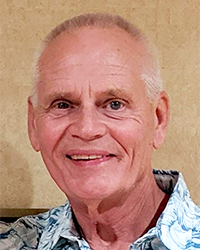
Lee |
|
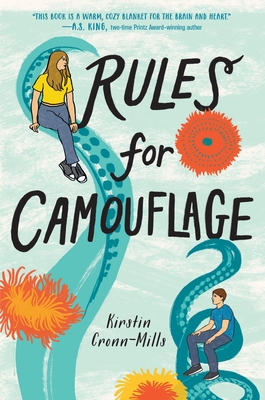 Rules for Camouflage Rules for Camouflage
Kirstin Cronn-Mills
This definition of neurodivergent comes from the Cleveland Clinic:
Neurodivergent isn’t a medical term. Instead, it’s a way to describe people using words other than “normal” and “abnormal.” That’s important because there’s no single definition of “normal” for how the human brain works.
Evvie is neurodivergent. She struggled and missed her sophomore year of high school, but through the next two years, she has been making up lost ground and will soon be graduating. She hopes. She believes.
I think it is safe to say that high school is rough on nearly everyone, but it is a special challenge if your behavior and/or talents lie outside the norm. Teen angst surges to become debilitating. This novel focuses on Evvie, but we learn how the people around her, neurodivergent or not, impact Evvie’s life. And when she needs to don her behavioral camouflage. FWOOSH.
|
|
|
|
|
| |
|
|
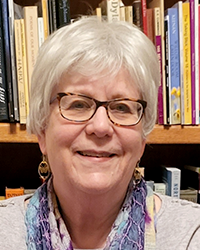
Sally
|
|
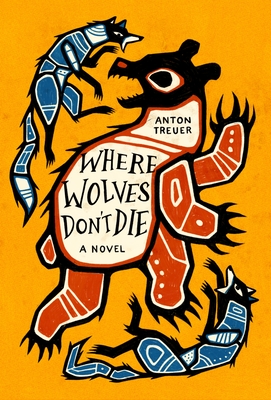
Where Wolves Don’t Die
Anton Treuer
Dr. Anton Treuer is a professor of Ojibwe at Bemidji State University and the author of a number of non-fiction books. Where Wolves Don’t Die is his first work of fiction, and it reveals him as an accomplished storyteller.
The book is the coming-of-age story of Ezra Cloud, a fifteen-year-old Ojibwe boy who divides his time between his home in northeast Minneapolis and his grandparents’ home in Red Gut, on a Canadian reservation. He dislikes living in Minneapolis, but his dad is a professor at a college there. One day, Ezra gets in a fight with another boy at school. That night, the other boy’s house burns down, killing his father and uncle. Ezra’s dad sends Ezra to run a trapline with his grandfather in a remote area in Canada while the fire is investigated.
That brief outline doesn’t do justice to the power of the book, which deals with themes of grief, racism, young love, old love, the legacy of Indian boarding schools and more. Well, really, it deals with everything adolescent Ezra encounters as he grows into manhood.
This book is categorized as being for young adults, but it will be of interest to adults as well. Better yet would be to read and discuss it with the young adults in your life. One is on its way to my granddaughter!
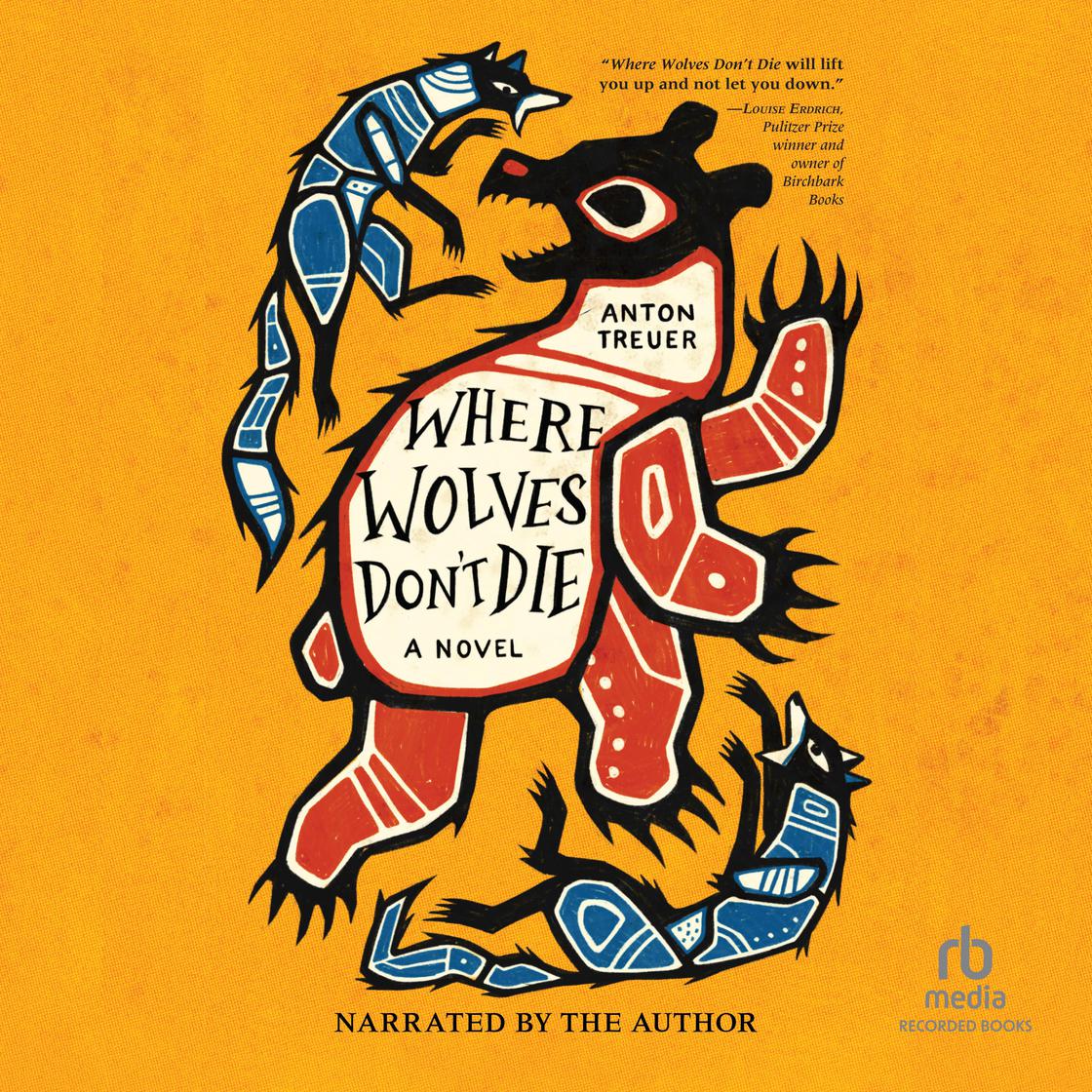 I both listened to the audio book (which is read by Anton Treuer) and read the physical book. It was easy to switch back and forth, because the track numbers are identical to the chapter numbers in the book. I both listened to the audio book (which is read by Anton Treuer) and read the physical book. It was easy to switch back and forth, because the track numbers are identical to the chapter numbers in the book.
Don’t miss this one!

|
| |
| |
|
— page top —
|
|




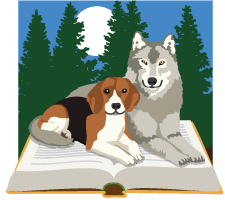





 I both listened to the audio book (which is read by Anton Treuer) and read the physical book. It was easy to switch back and forth, because the track numbers are identical to the chapter numbers in the book.
I both listened to the audio book (which is read by Anton Treuer) and read the physical book. It was easy to switch back and forth, because the track numbers are identical to the chapter numbers in the book.